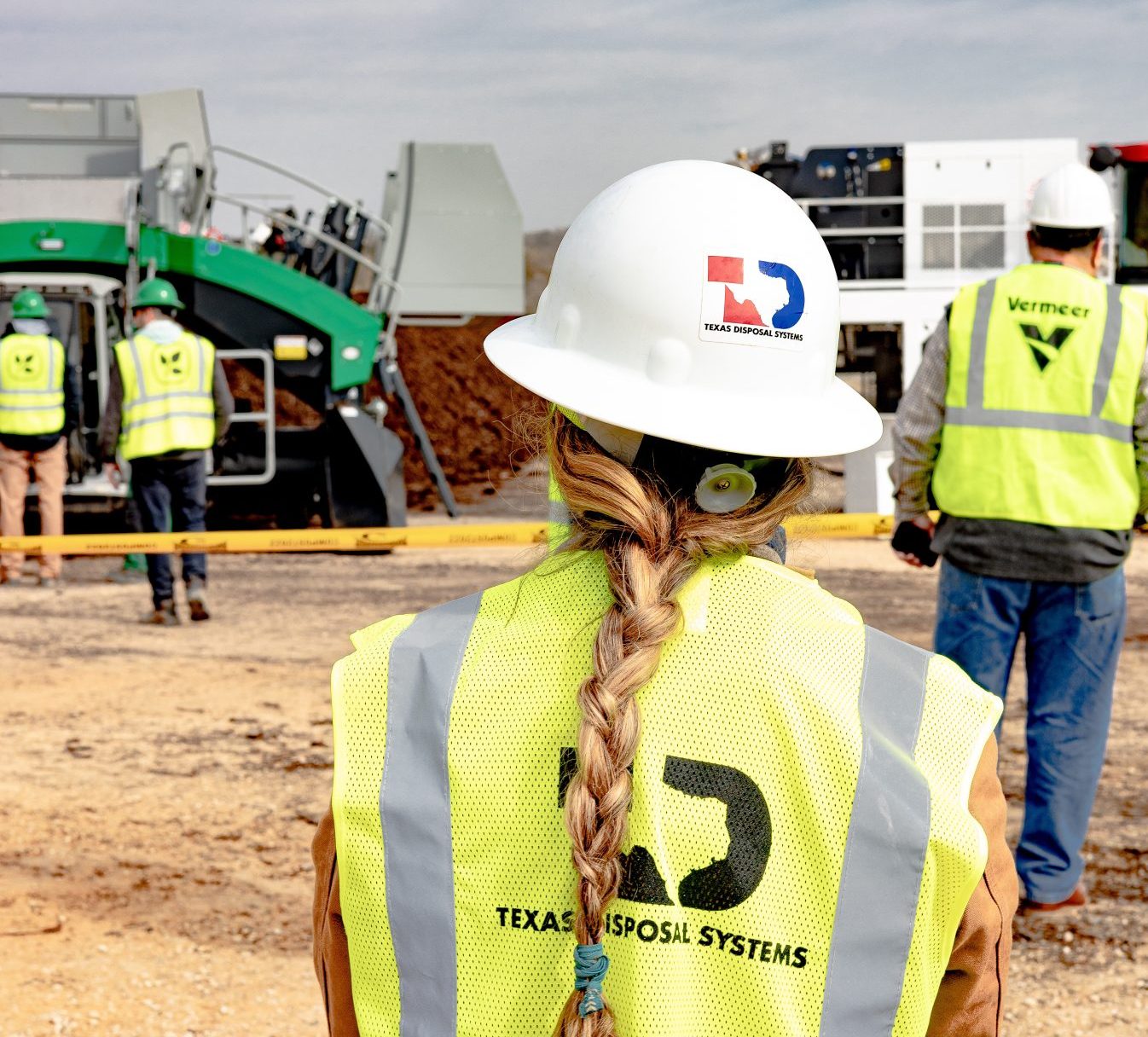As buildings continue to go up – particularly here in Central Texas – the demand for responsible construction and environmentally sound practices continues to skyrocket as well. Market research has shown that construction revenue is rising and builders want to use that additional income on energy-efficient, water-efficient, recycled, and renewable materials and services.
Additionally, local governments are ramping up efforts to increase green practices and sustainability. In Austin, there are local construction and demolition ordinances that require builders to divert at least 50 percent of demolition materials from the landfill. Other neighboring Texas cities, such as San Antonio, have also begun venturing into demolition salvaging laws.
With construction spending in the U.S. expected to increase more than 11% by the year 2022, more materials and more waste will be created. And after all, the 548 million tons of construction and demolition material waste that were generated in the U.S. needs to go somewhere.
Here are some of the ways builders in Texas can comply with these ordinances, achieve their sustainability goals, and most importantly, do it all under budget.
1. Recycle concrete and demolition materials instead of landfilling them
Demolishing a structure like a bridge, a house, a commercial business or other building types leaves a lot of leftover waste. Where is all this waste going? If it all goes to a landfill, it gets expensive, quickly.
A significant portion of demolition material, including concrete, brick, tile, and metal, is heavy and considered “non-compactable,” which means it takes up more airspace in a landfill. Due to the heavy material, transportation costs go up during the disposal process and landfill pricing goes up because these items require more room in a landfill.
This is where recycling can come in to help a builder’s budget.
Pointing to state and regional recycling practices, a 2017 EPA study calculated that approximately up to 70% of demolition debris in the U.S. could be recycled or composted. Materials like concrete and other rock-base products can be crushed by processors to create rock aggregate and road base, both drastically reducing landfill costs and the amount of material put into the landfill. Other debris, such as untreated wood, excavated brush and earth, and even certain gypsum materials can be composted.
Most recycling processors, including TDS, offer programs that reduce costs by recycling items into new material as opposed to landfilling them.
2. Repurpose or reuse as much material as you can
Before you throw out old scraps in a dumpster, consider giving these materials new life by donating salvageable products like doors, windows, and lumber to non-profit organizations such as Habitat for Humanity. These donations can be tax-deductible, which is a nice bonus in addition to keeping materials out of the landfill. Check out their website to see what kind of building materials they accept.
You can also instruct your workers to collect scrap material like excess plywood and keep it handy at cutting stations. When a specific measurement needs to be cut, it’s possible to craft it from a scrap piece rather than digging into new, untouched material. This saves debris from being thrown out while conserving materials (and ultimately saving you money). You can also donate unused scraps to Habitat for Humanity.
3. Know exactly what materials you can recycle
Even after repurposing and reusing materials, most job sites will still have leftovers. That’s when recycling comes into play! Knowing what materials you can recycle is vital in operating an environmentally-friendly construction site that’s compliant with regulations and satisfying to both builders and their clients.
Some of the most common items for job site recycling include:
- Metal
- Cardboard
- Paper
- Plastics
- Untreated wood
- Concrete
- Gravel
- Asphalt
- Brick
Other items like drywall and glass, depending on the market, can be recyclable as well. If your team needs on-site training or you need to outsource the sorting process, companies like TDS can offer flexible plans that can maximize your job site recycling and minimize your trash bill.
4. Utilize eco-friendly portable restrooms
Being sustainable with liquid waste is just as important as being sustainable with demolition! Several companies are pivoting to use natural products and water-efficient portable restroom solutions in order to meet the demand met by builders.
At TDS, natural deodorizers and improved liquid management innovations are a part of what makes our portable restrooms noticeably different and noticeably better. By reducing the amount of artificial chemicals in the liquid waste stream, you can make a profound difference in sustainability and green practices with your company, both of which are in high demand with Central Texas consumers.
5. Get reporting numbers to track progress
What good is being green if you don’t have a way to show it? Documentation of landfill diversion and overall efficiency is generally required for local ordinances, LEED certification and most clients who want to see proof of sustainable efforts.
The documentation doesn’t have to be overly complicated. Generally, a Contractor’s Construction Recycling Report is all that’s needed to be submitted to local authorities for ordinance compliance. The report primarily covers weight (by tons) of materials put into the landfill versus materials kept out of the landfill. Your local waste disposal provider can generate the numbers needed for the report, if not outright complete the report for your company. That same document can be later utilized by your company to prove to future clients that you’re serious about being sustainable on your job site.
Taking the right waste reduction and recycling steps from the early planning stages of a construction or demolition project will save you time, money, effort and environmental impact. The experts at Texas Disposal Systems will work with you to achieve an easy and cost-effective construction recycling and waste disposal plan. Request a quote today to find the best waste management strategy for your next project.



